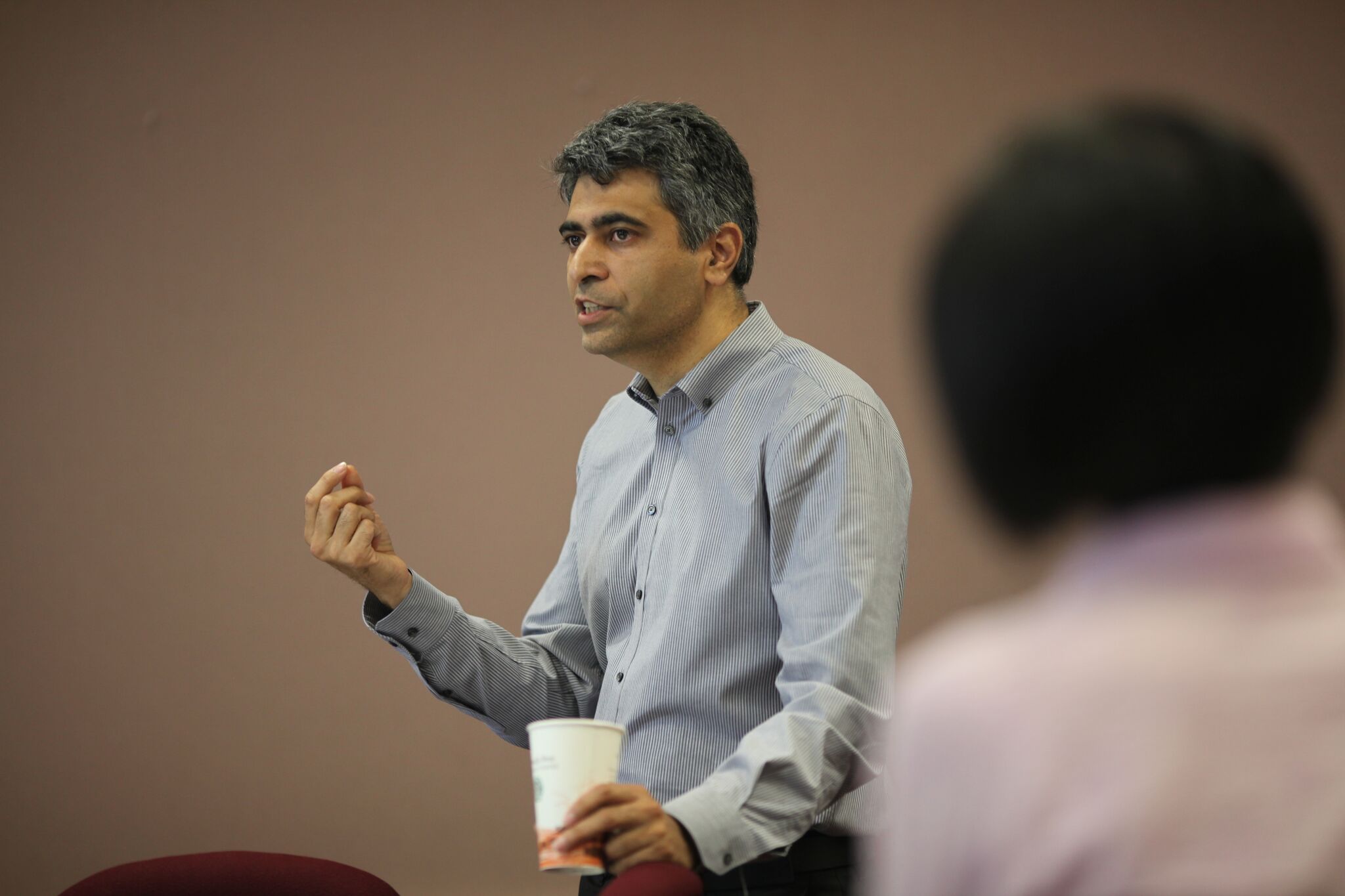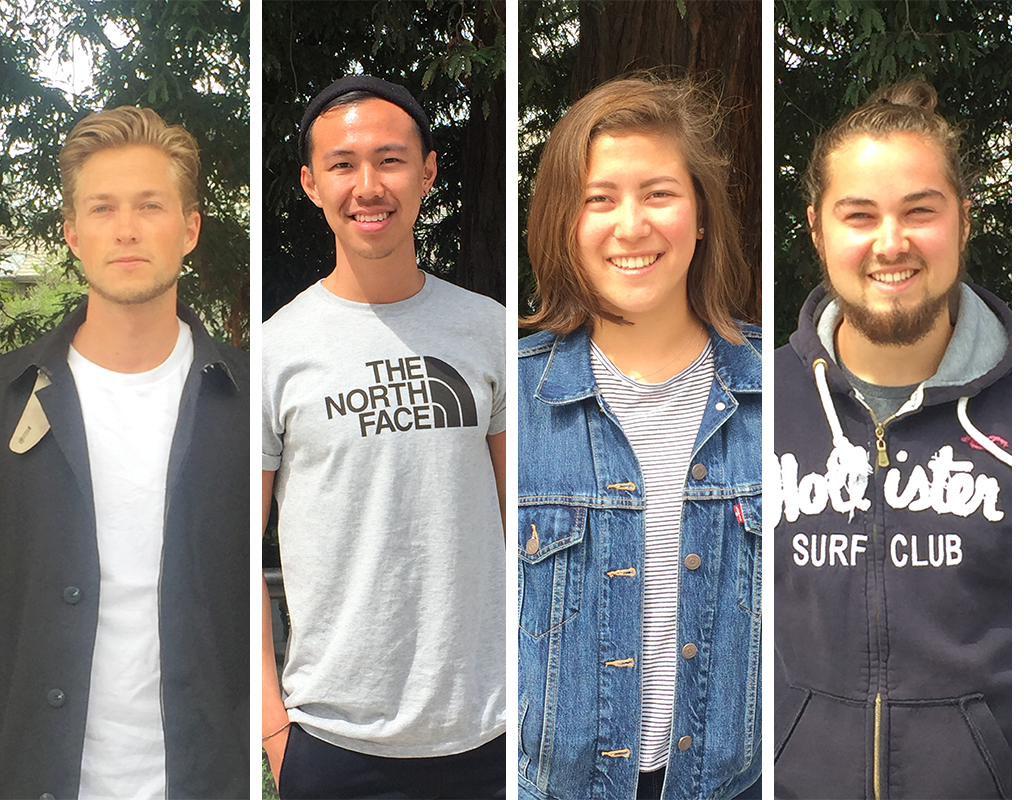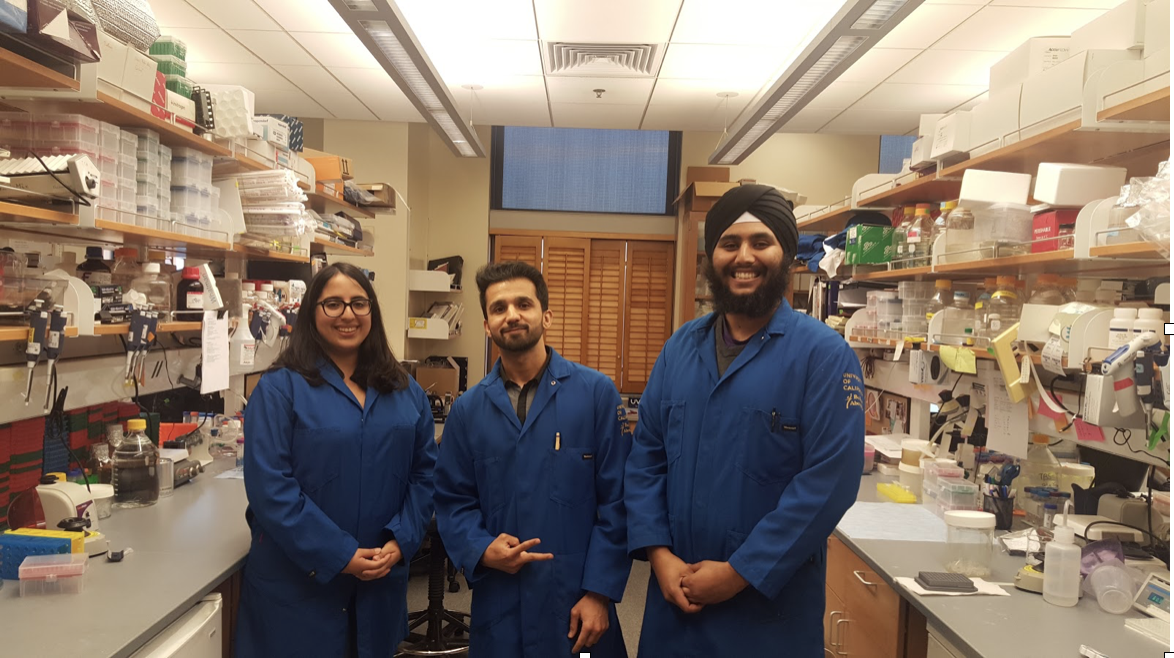Ikhlaq Sidhu Wins 2018 IEEE Major Education Innovation Award
Ikhlaq Sidhu, professor in the Department of Industrial Engineering & Operations Research at the University of California, Berkeley, and faculty director and chief scientist at the UC Berkeley Sutardja Center for Entrepreneurship & Technology has been awarded the 2018 Major Education Innovation Award by the IEEE Educational Activities Board (EAB) Read more…








